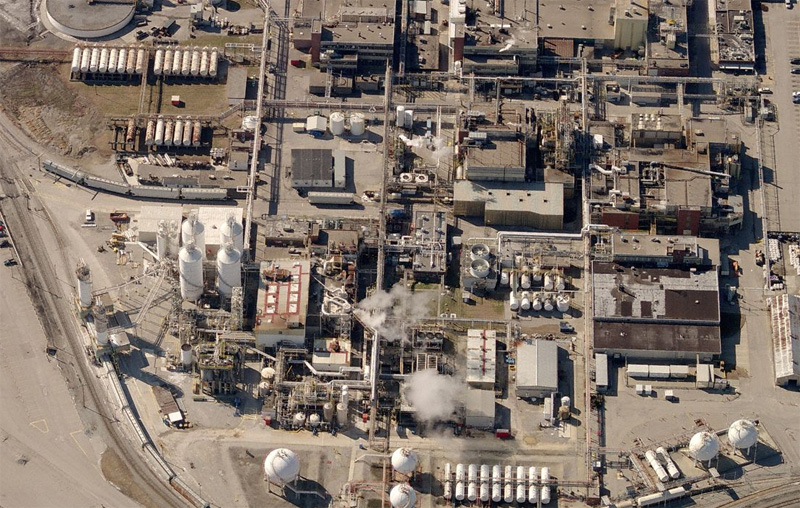
Big plans in Chicago for solar energy got us thinking about Louisville. TreeHugger reported today that Chicago’s South Side is installing the largest urban solar power plant in the United States.
Where once there was an abandoned industrial site, soon there shall be the biggest urban solar power plant in the USA. It shakes down like this: $60 million + 33,000 solar panels + 39 acres in the South Side of Chicago + Obama’s stimulus = one solid, 10 megawatt producin’ solar power plant. And it should be up and running by the end of this year.
That’s enough solar energy to power 1,500 homes and is equivalent to removing 2,500 cars from the streets or planting over 3,200 acres of forest. All while cleaning up and reusing an abandoned industrial brownfield site.
But what if Louisville started down this road of thinking big sustainably. We could create our own sort of eco-city-within-a-city. And we could do it in some of the most centrally located and affordable neighborhoods in the city. There are plenty of brownfield sites in Louisville sitting neglected that could house some sort of solar plant. The new green end should incorporate more than just solar energy though (either centrally produced at a plant or locally produced on a house’s roof). Emphasis on energy efficiency, transit, walkability could create a veritable “Green End.”
Imagine a neighborhood brought back to life by a focus on sustainability. There’s some amazing architecture and real estate waiting for redevelopment in our existing neighborhoods that are walkable and close to Downtown. There’s already efforts going on to create sustainable neighborhoods, most notably the East Market/NuLu District with several LEED Certified buildings is looking to acquire LEED Neighborhood Certification. In the end, all of Louisville should become more sustainable, but targeting efforts to create a cohesive whole as an example neighborhood and magnet to green, new economy jobs could provide a guiding light for the city and nation.



This is a good investment? The cost breaks down to $40,000 to provide electricity for one home! That certainly doesn't sound like a very good use of tax money. When we look for new "Green" sources for power we need to also ensure that the sources are economically feasible. Also 39 acres is a very large area for such a minimal amount of power, imagine how big the area would have to be to generate a significant quantity of power.
By the way, the site shown at the top of the article is not a brownfield site but rather is a plant that is still in operation.
I don't get it. People who dog the economics never talk about war economics, big business profit economics, somewhere, some place, someone better spend something on a new way that doesn't leave so many people out in the cold.
The numbers from the Chicago plan do seem high, but efficiency gains for solar apparently don't really start until you reach 250MW. If you compare the numbers to prices of coal power plants, it's still higher but closer for $/MW.
A proposed plant in Wisconsin last year was estimated at over $1.1 billion for 300MW and could serve 150,000 houses (500/MW). That's $3.7mil/MW compared to $6mil/MW in Chicago. Per house, it's $7,333, but if you calculate 500 houses/MW, the Chicago solar plan is $12,000 per house (not sure if they are equal exchanges). It's getting cheaper, too (in Spain, a built-up solar infrastructure will make coal and solar costs about the same by next year).
The bigger issue, though, is the buzz of large scale investment in a sustainable way of life. If Louisville could find its own way to create that excitement while spurring reinvestment in our centrally located neighborhoods, we could only stand to benefit.
In regards to the photo, it wasn't meant to reference a brownfield site as its caption indicates. I was looking for the portion of the Rohm & Haas plant that is being dismantled, but alas much of Rubbertown looks the same.